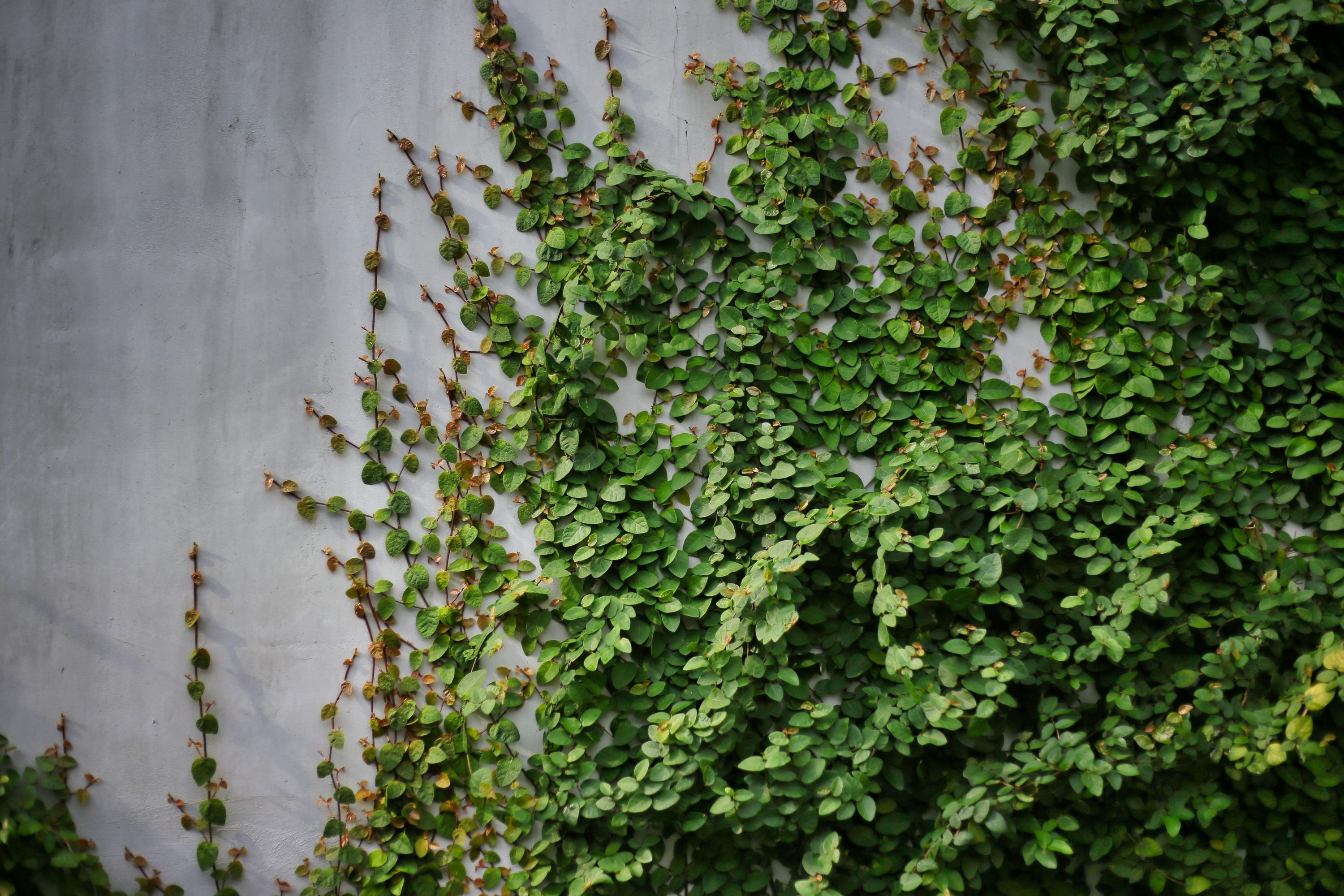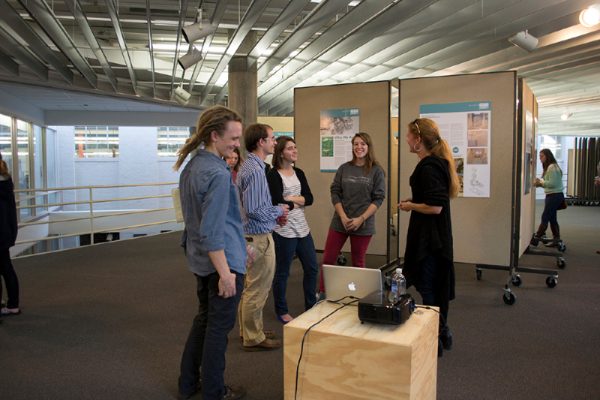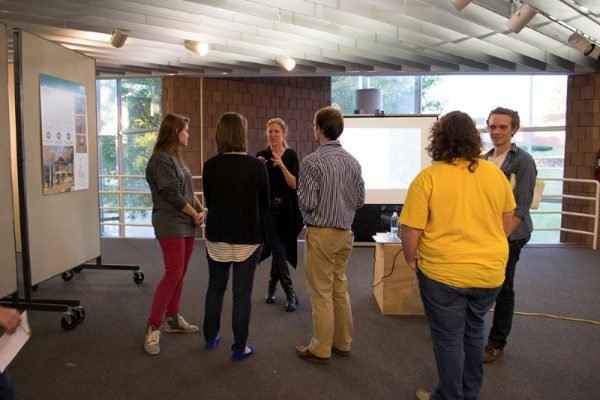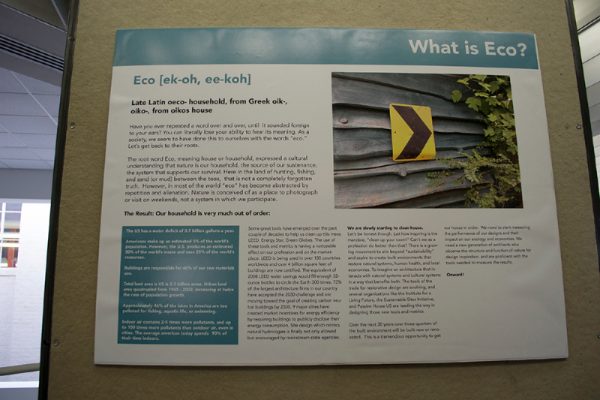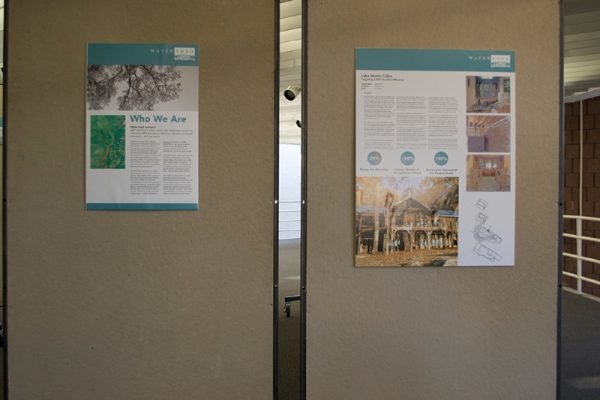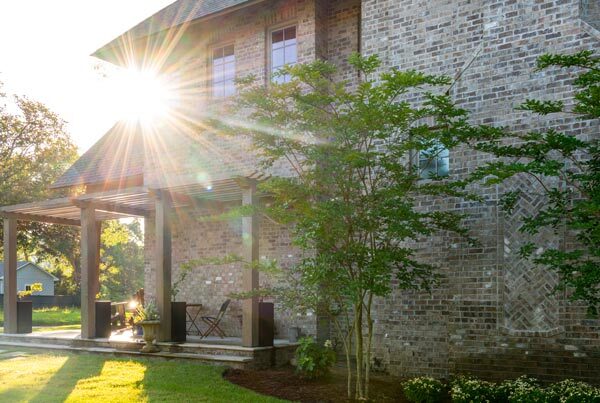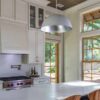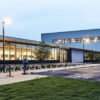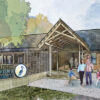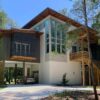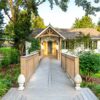Green architecture with “roots” was presented by WATERSHED in the ‘What is Eco?’ exhibit and reception, along with a green design competition to challenge aspiring architects at MS State School of Architecture.
Green Architecture Competition offered at What is Eco Exhibit
The “What is Eco” exhibit featured WATERSHED’s work in educational, commercial, and residential projects, and was on display throughout the Fall 2013 semester at Mississippi State University School of Architecture.
What is Eco?
Late Latin oeco- household, from Greek oik-, oiko-, from oikos house
Have you ever repeated a word over and over, until it sounded foreign to your ears? You can literally lose your ability to hear its meaning. As a society, we seem to have done this to ourselves with words using “eco”. This presentation dives into the origin of the prefix and illustrates how green architecture practices can benefit from an enhanced perspective of the word’s meaning from other languages. Let’s get back to its roots.
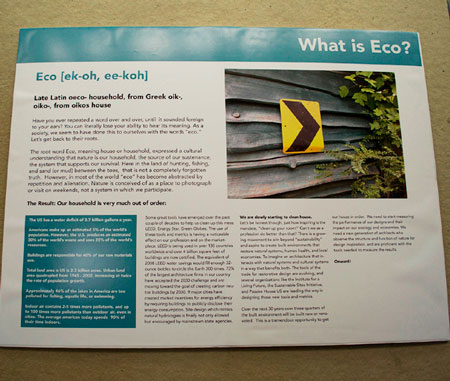
The root word Eco, meaning house or household, expressed a cultural understanding that nature is our household, the source of our sustenance, the system that supports our survival. Here in the land of hunting, fishing, and sand (or mud) between the toes, that is not a completely forgotten truth. However, in most of the world, “Eco” has become abstracted by repetition and alienation. Nature is conceived of as a place to photograph or visit on weekends, not a system in which we participate.
The Result: Our household is very much out of order.
Some great tools have emerged over the past couple of decades to help us clean up this mess: LEED, Energy Star, Green Globes. The use of these tools and metrics is having a noticeable effect on our profession and on the marketplace. As of 2022, LEED is being used in over 135 countries worldwide, and over 5.54 billion square feet of buildings are now certified globally. The 2008 Green Building report showed that LEED water savings would fill enough 32-ounce bottles to circle the Earth 300 times. 73% of the largest architecture firms in our country have accepted the 2030 challenge and are moving toward the goal of creating carbon-neutral buildings by 2030. Nine major cities have created market incentives for energy efficiency by requiring buildings to publicly disclose their energy consumption. Site design that mimics natural hydrology is finally not only allowed, but encouraged by mainstream state agencies.
We are slowly starting to clean house.
Let’s be honest though, just how inspiring is the mandate “clean up your room!” As a profession, we can do better than. There is a growing movement to aim beyond “sustainability” and aspire to create built environments that restore natural systems, human health, and local economies – to imagine an architecture that interacts with natural systems and cultural systems in a way that benefits both. The tools of the trade for restorative design are evolving, and several organizations like the Institute for a Living Future, the Sustainable Sites Initiative, and Passive House US are leading the way in designing those new tools and metrics.
Over the next 30 years, more than three quarters of the built environment will be built new or renovated. This is a tremendous opportunity to get our house in order. We need to start measuring the performance of our designs and their impact on our ecology and economies. We need a new generation or architects who observe the structure and function of nature for design inspiration, and are proficient with the tools needed to measure the results.
Onward!

